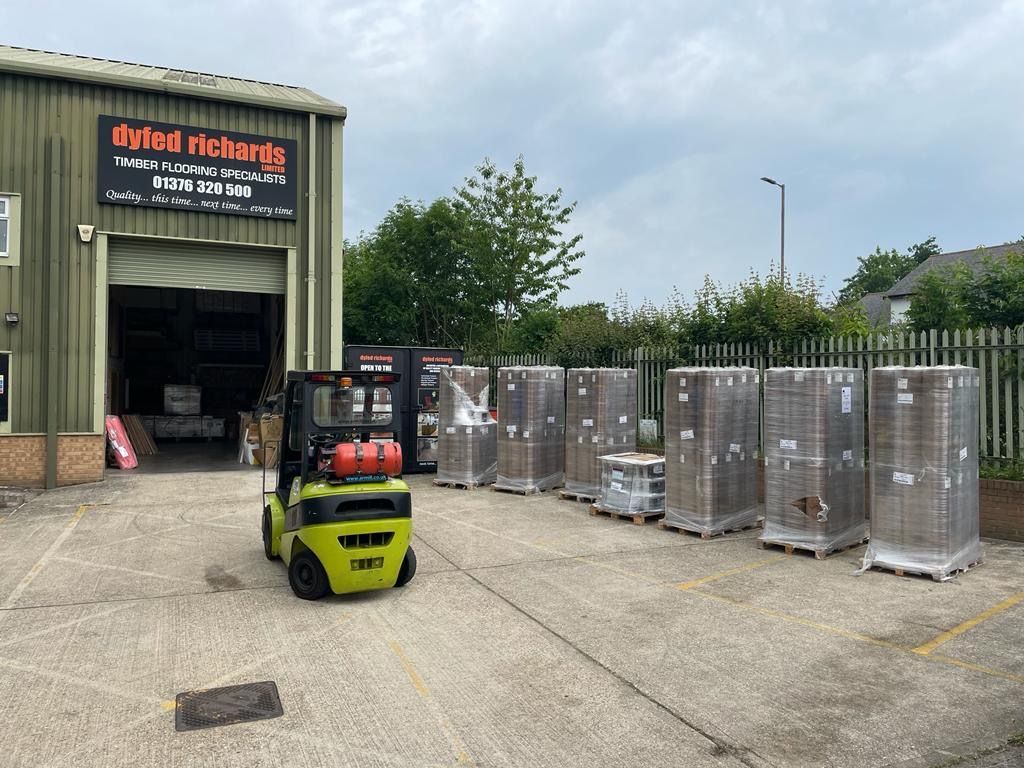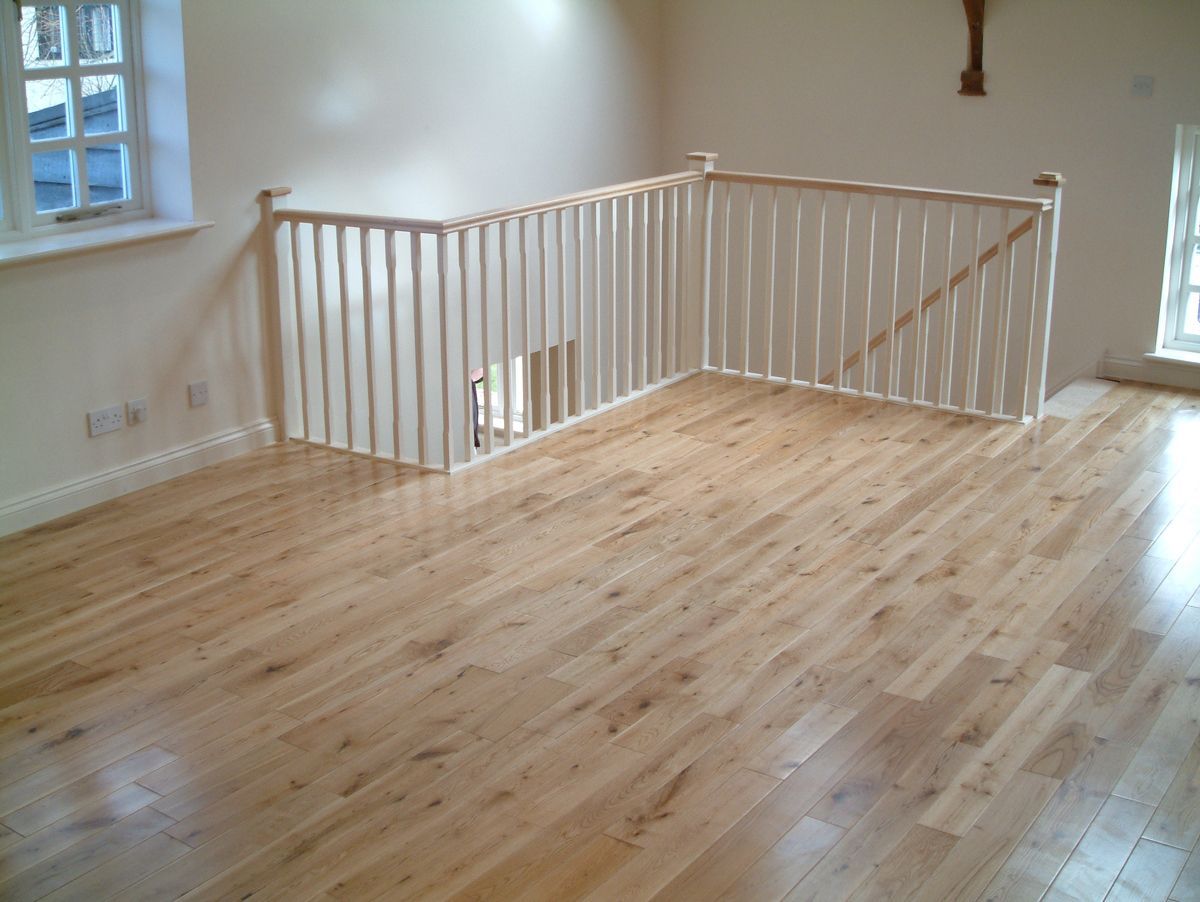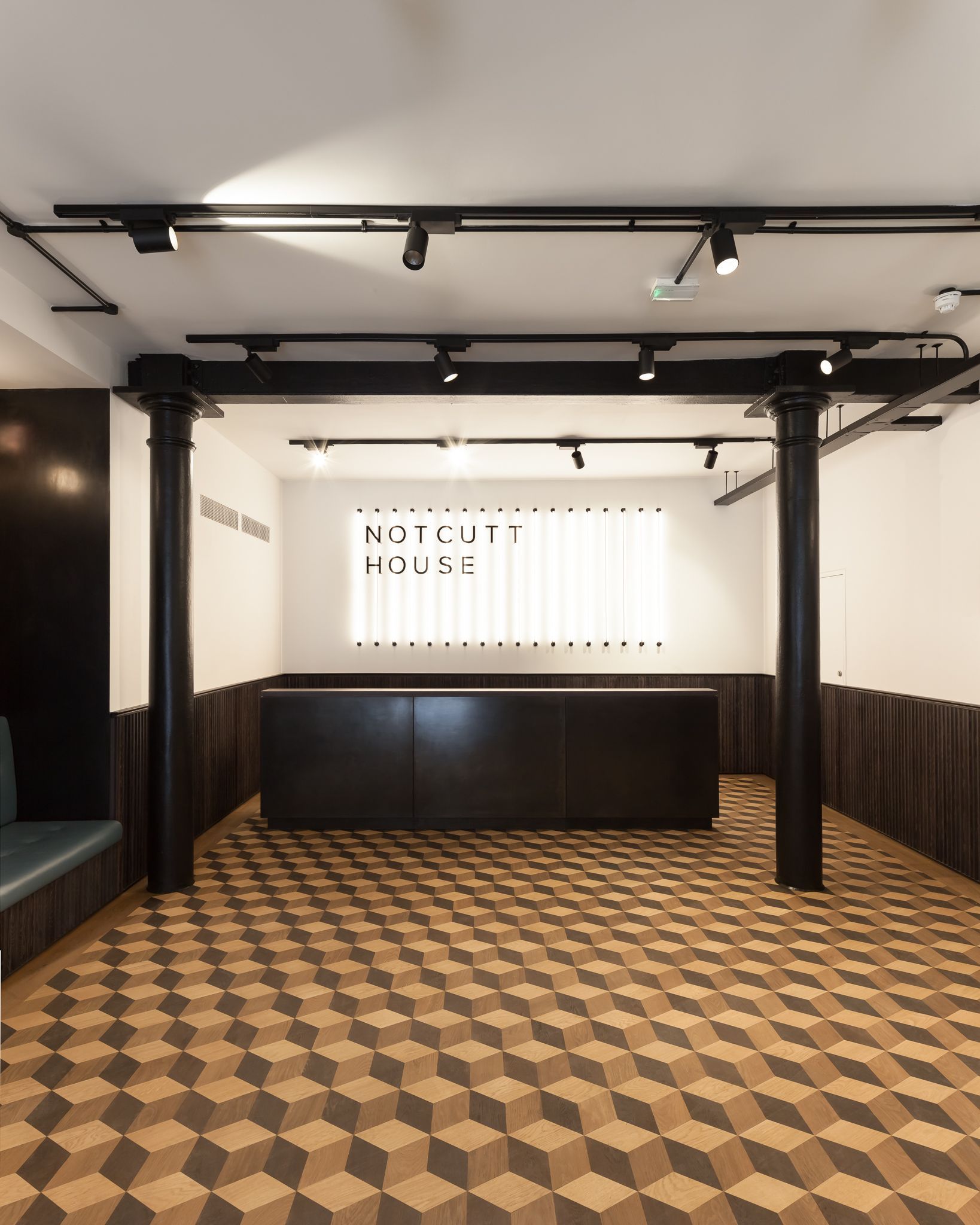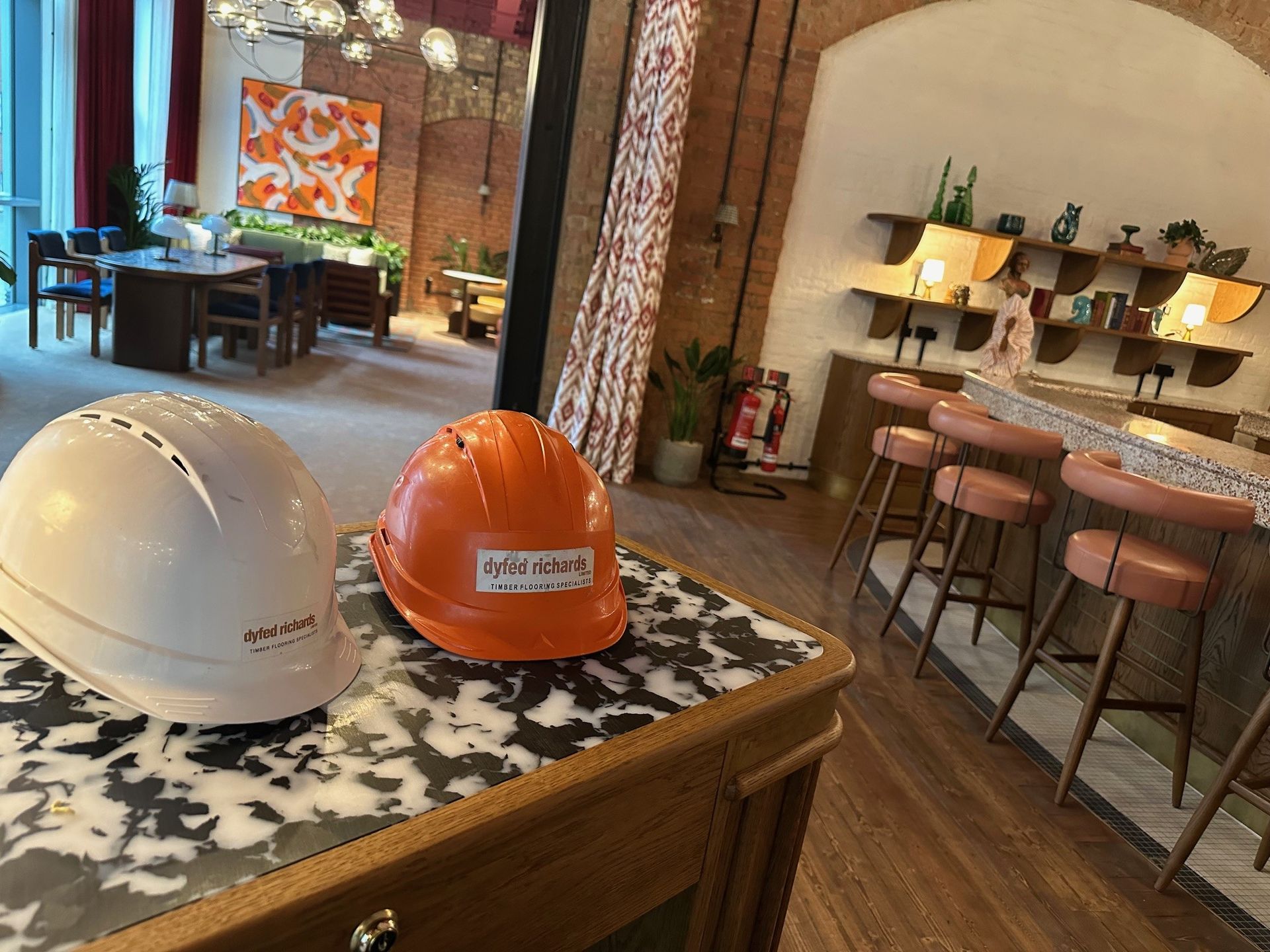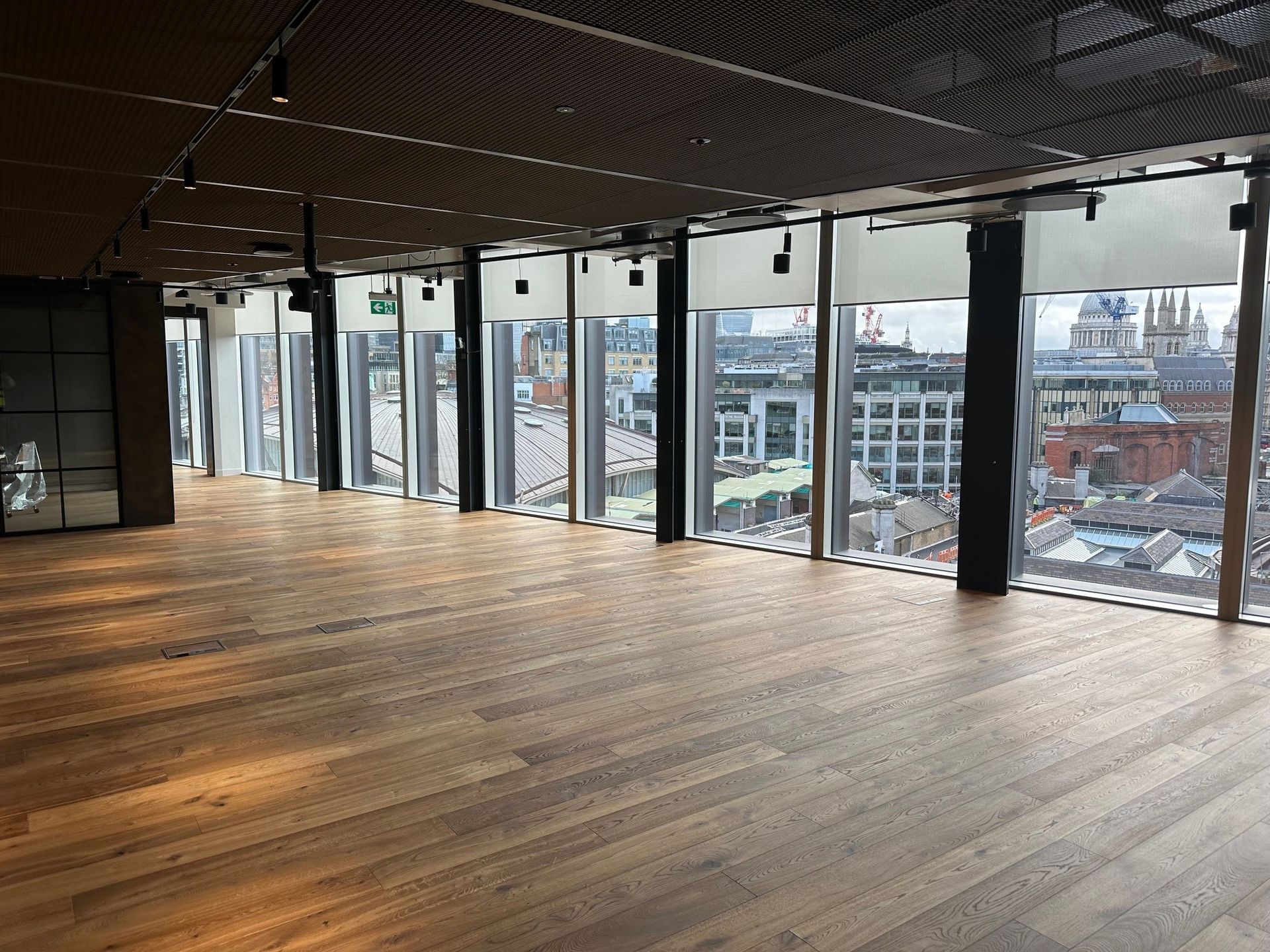The Evolution of Timber Flooring: From Traditional to Contemporary Designs
Tracing the journey of timber floors from classic craftsmanship to modern innovation
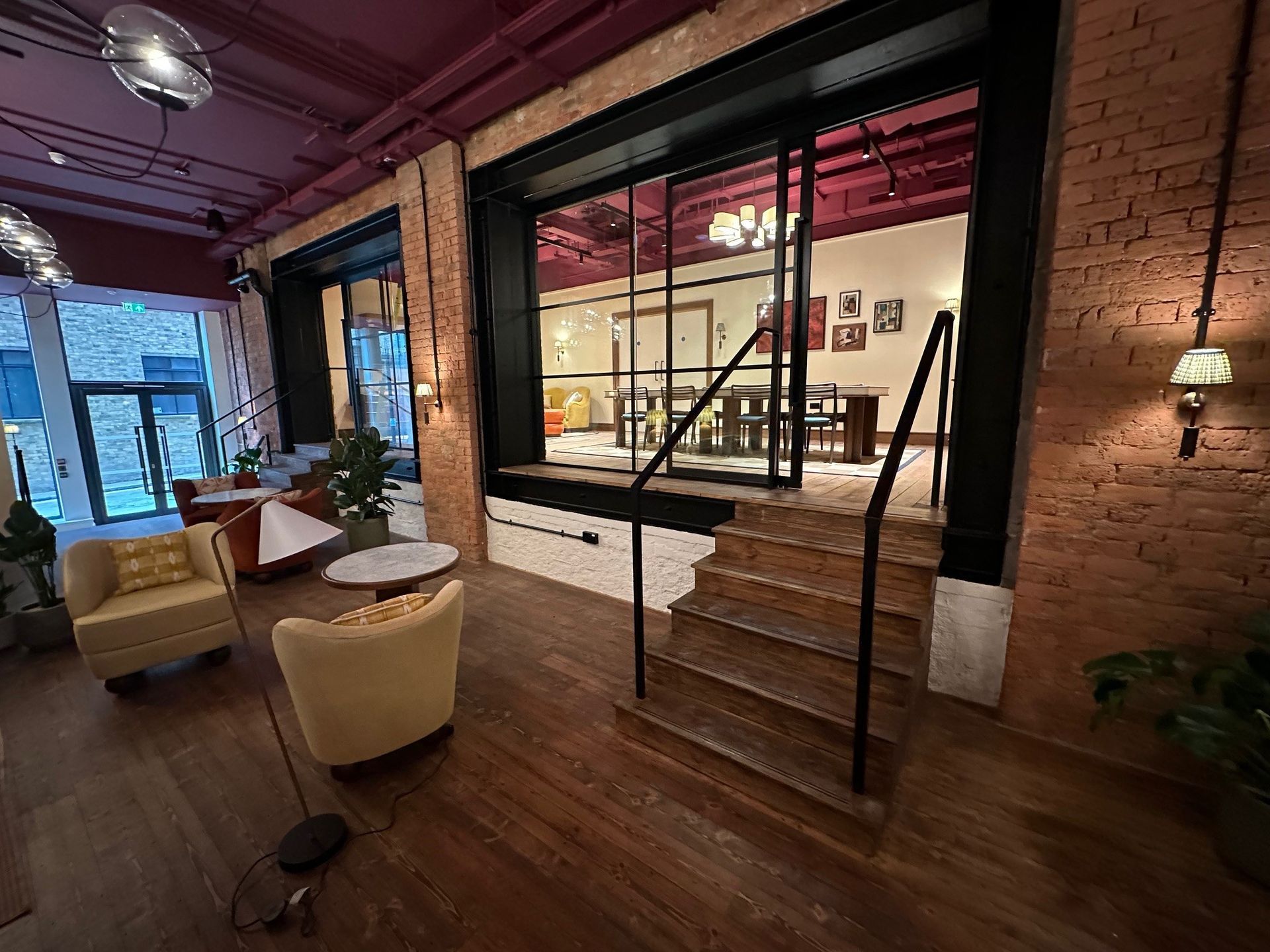
Origins of Traditional Timber Flooring
Timber has graced interiors for centuries, prized for its natural warmth and durability. Early installations relied on hand hewn planks often sourced from local forests. Craftsmen would plane and chamfer boards on site creating bespoke floor patterns. The natural oils in woods such as oak chestnut and elm offered some resistance to moisture and wear. Without modern finishes these floors aged gracefully acquiring a rich patina that celebrated the passage of time.
Key Characteristics of Traditional Designs
• Wide plank boards with visible knots and grain irregularities
• Simple jointing techniques such as tongue and groove milled by hand
• Natural finishes using oil or wax that allowed the wood to breathe
• Classic laying patterns including straight runs herringbone and chevron
Transition to Industrial Production
The Industrial Revolution ushered in mechanised milling and pressing technologies. Timber flooring became more uniform in dimension and texture. Engineered boards composed of layered veneers bonded under heat and pressure first appeared in the mid nineteenth century. This innovation offered greater stability and minimised the tendency to shrink or cup with changes in humidity.
Mass production also introduced factory applied lacquer finishes. These hardwearing coatings accelerated installation schedules by reducing on-site curing times. Uniform surface layers delivered consistent sheen and protection against stains and scuffs. Standardised plank widths and lengths created new possibilities for laying patterns and large scale commercial applications.
Emergence of Engineered Timber
Engineered timber flooring truly gathered momentum in the late twentieth century. Manufactured in precision controlled environments these boards typically consist of a hardwood veneer atop multiple plywood or high density fibreboard layers. This construction enhances resistance to moisture induced movement and allows installation in areas unsuitable for solid hardwood such as basements and over underfloor heating.
Key advantages of engineered timber flooring include
- Enhanced dimensional stability in variable climates
- Compatibility with floating click lock installation methods
- Access to exotic and sustainable species through thin veneer layers
Contemporary Design Trends
In recent years designers and homeowners have embraced innovative styles that blend tradition with modernity. Wide plank formats exceeding two hundred millimetres emphasise the natural beauty of grain and knots. Matt lacquer finishes replicate the subdued appearance of oiled floors while delivering the ease of care associated with sealed surfaces. Reclaimed timber has surged in popularity celebrating environmental consciousness and the unique story of aged wood.
Contemporary innovations also include smoked and brushed finishes. Smoking alters wood tone through exposure to ammonia vapours producing warm amber and deep chocolate hues without the need for stains. Brushing removes softer springwood layers accentuating the grain structure and tactile character of the floor.
Sustainable and High Tech Developments
The future of timber flooring aligns with sustainable forestry and circular economy principles. Certification schemes such as FSC and PEFC guarantee responsible sourcing. Manufacturers now offer rapid curing UV cured oils that minimise volatile organic compound emissions and accelerate project timelines. Acoustic backing layers and integrated insulation enhance thermal and sound performance in modern dwellings.
Smart flooring systems integrate sensors beneath the surface to monitor humidity and temperature in real time. These technologies can adjust home climate controls to protect both the floor and interior environment.
Choosing the Right Style for Your Space
When selecting a timber floor consider the following factors:
• Traffic levels and maintenance preferences
• Desired wood species and colour palette
• Installation method and subfloor compatibility
• Environmental certifications and finish technologies
Traditional solid oak planks with natural oil finish suit heritage homes seeking authenticity. Engineered formats with matt lacquer are ideal for open plan living and underfloor heating. Reclaimed and smoked timbers create character in both rustic and minimalist schemes.
Conclusion
From hand crafted wide planks to engineered boards enhanced with modern finishes the evolution of timber flooring reflects advances in technology design and sustainability. By understanding the heritage and innovations behind each style you can choose a floor that honours tradition while meeting the demands of contemporary living.

